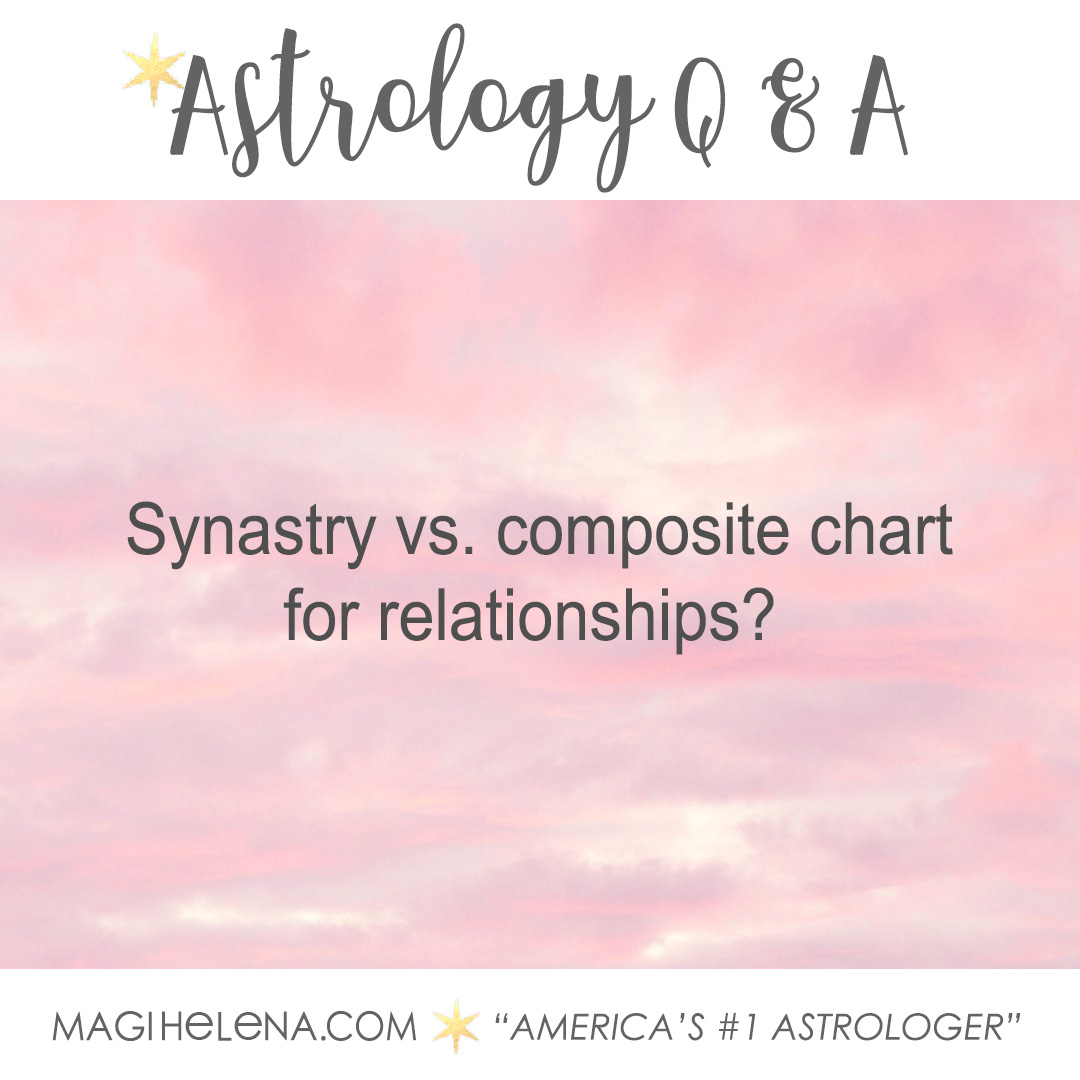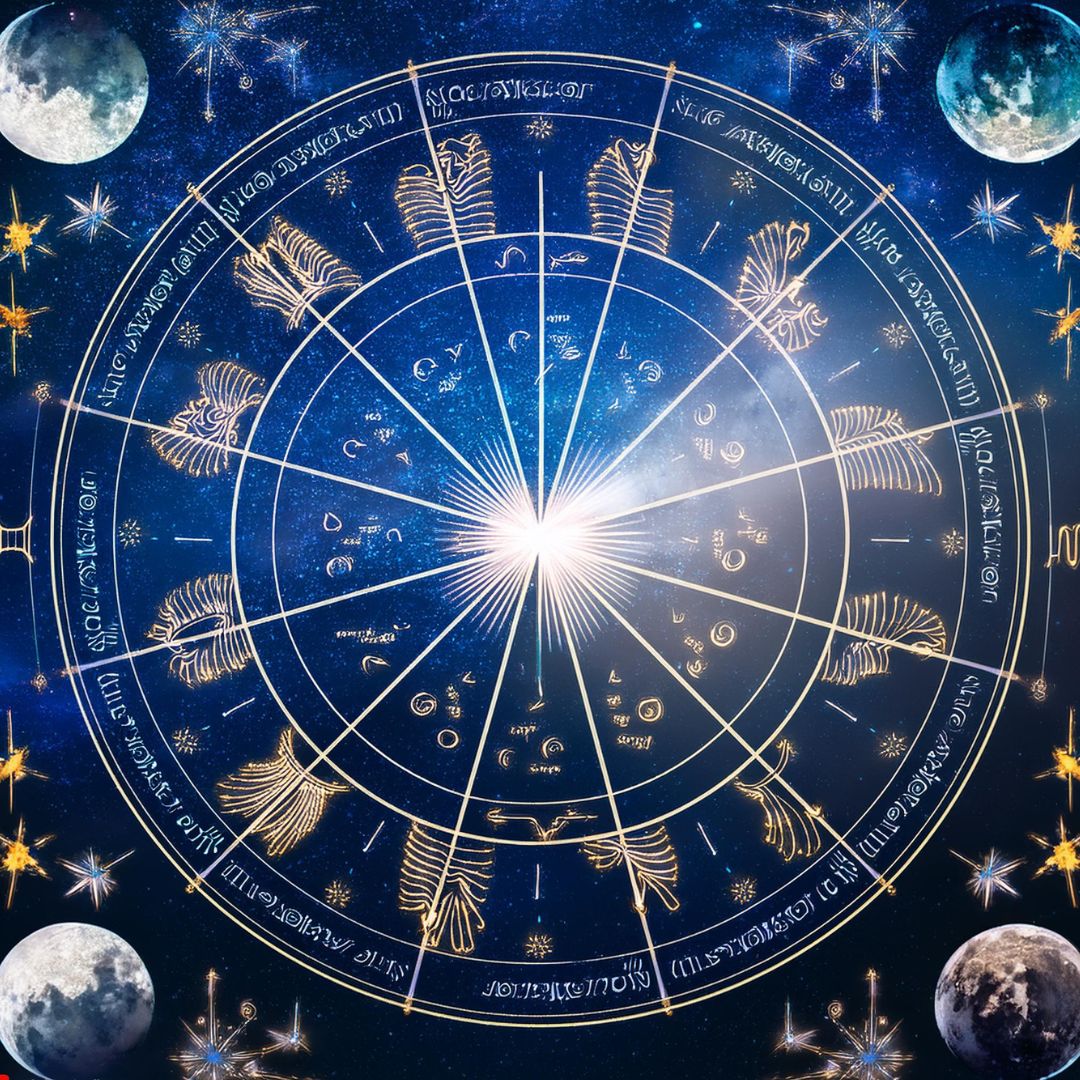Have you ever wondered what truly makes a relationship tick? Perhaps you've felt a special connection with someone, or maybe you've struggled to understand the underlying currents between you and another person. It's almost as if some relationships just have a certain feel, a unique energy that's hard to put into words. This curiosity about how people connect, what brings them together, and what challenges they face is something many of us share, is that right?
When we look at how individuals interact, a common starting point for many interested in relationship insights is what's called "synastry." This method helps us see how two separate personal blueprints, often called charts, blend together. It's a bit like laying two transparent pictures over each other to see where their lines cross or where they might clash, you know?
But what if there's a deeper layer, a way to look at the relationship itself as a living, breathing entity, separate from the two people involved? This is where the idea of a "composite" comes into play, offering a different, very distinct view of the shared journey. It's a rather fascinating concept, actually, and it helps us see the relationship as something new and unique.
Table of Contents
- What is Synastry?
- Understanding the "Composite"
- Key Differences: Composite vs Synastry
- When to Use Each Method
- Beyond the Charts: Applying Insights
- Frequently Asked Questions
What is Synastry?
Synastry, in simple terms, is about comparing two individual personal charts. It's like taking two separate maps of personalities and seeing how they fit together. You look at one person's strengths and challenges, and then you look at the other person's. Then, you observe where their personal patterns meet, where they might support each other, or where they might create friction. It's a way to really see the individual dynamics at play, you know, how your sun sign interacts with their moon sign, for instance.
This method gives us insights into the chemistry between two people. It shows us how one person's unique way of being affects the other. So, if one person has a very direct communication style and the other prefers a more gentle approach, synastry can highlight these points of connection or potential misunderstanding. It's really about the interplay of two distinct individuals, and how they experience each other.
You might use synastry to understand why you feel drawn to someone, or why certain topics always seem to cause a bit of tension. It helps to shed light on the initial attraction, the individual challenges each person brings, and the natural flow of interaction between them. Basically, it's about seeing two separate identities side by side, and how they respond to one another.
Understanding the "Composite"
Now, let's talk about the composite. This is a very different approach to looking at relationships. Instead of comparing two separate things, a composite creates something entirely new from them. It's like taking two different ingredients and baking them into a completely new cake, where the individual flavors are still there, but they've blended to form a distinct new taste. This is where the idea of **composite vs synastry** really comes into its own, you see, because it shifts the focus.
What "Composite" Really Means
My text tells us that the meaning of composite is made up of distinct parts or elements. It's something that is made of various different parts, and these parts come together to create a new substance or entity. Think of it this way: a composite object or item is made up of several different things, parts, or substances. It's not just a mix; it's a new creation. For example, my text mentions composite pictures with different faces superimposed over one another, or a composite photograph of your family might have your eyes, your sister’s nose, your dad’s mouth, and your mother’s chin. It's a new image, yet it carries pieces of the originals. This type of combination usually results in something that has its own identity.
A composite is a compound material made by combining two or more constituents, each having different chemical and physical characteristics. These constituent materials have notably dissimilar chemical or physical properties and are merged to form something new. A composite is made by combining two or more other materials so they improve one another but keep distinct and separate identities in the final product. So, in a relationship context, the composite is a solid material that results when two or more different substances, each with its own characteristics, are combined to create a new substance whose properties are often better than the individual parts. It's a very interesting way to look at how a shared life comes together, isn't it?
In essence, a composite is something made up of complicated and related parts. It's not just about how you and I interact as individuals; it's about what "we" become when we are together. This "we" has its own purpose, its own strengths, and its own challenges, quite apart from what each person brings individually. It's a new entity that represents the relationship itself, and what it's here to do or experience.
How a Composite Chart is Formed
When it comes to relationship charts, a composite chart is formed by finding the mathematical midpoint between each planet and point in two individual charts. So, if your Sun is at 10 degrees of one sign and your partner's Sun is at 20 degrees of the same sign, the composite Sun would be at 15 degrees. This process is done for every single point – the Sun, Moon, Mercury, Venus, Mars, and so on, as well as the important angles. This creates a brand new chart, a bit like a birth chart for the relationship itself. It's quite a precise process, actually.
The resulting composite chart then has its own houses, its own planetary aspects, and its own overall shape. This means it can be read and interpreted just like an individual's chart, but the insights gained are about the relationship as a whole. It shows the relationship's purpose, its shared destiny, its collective personality, and the energy it projects into the world. It really is a powerful tool for understanding the "us" that forms when two people come together.
Key Differences: Composite vs Synastry
The main distinction in the **composite vs synastry** discussion lies in their fundamental approach and what they aim to reveal. While both offer valuable insights into relationships, they do so from very different angles. It's like looking at the same house from two different perspectives; you see different things, you know?
Purpose and Perspective
Synastry focuses on the individual interplay. Its purpose is to show how two distinct people influence each other. It highlights the areas of harmony and friction that arise from their personal characteristics. It's about how *you* relate to *them*, and how *they* relate to *you*. This perspective is very useful for understanding personal chemistry and compatibility on a day-to-day level. It's a bit like seeing the gears of two separate machines meshing together.
The composite, on the other hand, shifts the focus entirely to the relationship as a separate entity. Its purpose is to reveal the nature and destiny of the union itself. It's about what the "we" is here to experience, learn, or achieve together. It shows the relationship's shared identity, its collective purpose, and how it functions as a unit. This is about the *new machine* created when the two individual machines combine, and what that new machine is designed to do. It's a much broader view, in a way.
What Each Reveals
Synastry Reveals:
- Individual attractions and repulsions.
- Specific points of ease or tension between personalities.
- How one person's actions or traits impact the other.
- Personal comfort levels and challenges within the relationship.
- The initial spark and ongoing chemistry.
Composite Reveals:
- The overarching purpose and direction of the relationship.
- The shared identity and personality of the union.
- The collective strengths and weaknesses of the relationship itself.
- What the relationship is meant to achieve or experience in the world.
- The inherent energy and dynamics of the "us."
So, you see, synastry tells you about the dancers, and the composite tells you about the dance they create together. Both are incredibly useful, but they answer different kinds of questions about a connection. It's very interesting to consider how these two approaches complement each other.
When to Use Each Method
Knowing when to apply synastry and when to look at the composite chart is key to gaining the most useful insights into your relationships. It's not about one being better than the other; rather, it's about choosing the right tool for the job. So, let's explore when each approach really shines.
When Synastry Shines
Synastry is your go-to when you want to understand the personal dynamics between two people. It's perfect for exploring initial attraction, daily interactions, and specific points of compatibility or friction. For instance, if you're just starting to get to know someone, synastry can give you a good sense of the chemistry and potential challenges you might face as individuals. It helps you grasp why you might feel an instant connection or a slight discomfort with someone, you know?
It's also very helpful for working through interpersonal issues. If you and a partner keep having the same argument, synastry can often pinpoint the exact individual energies that are clashing. It's about understanding *your* buttons and *their* buttons, and how they push each other. This can be useful for any kind of pairing, whether it's romantic, familial, or even professional. It's about the individual experience within the shared space.
When the Composite Chart is Best
The composite chart is best used when you want to understand the relationship itself as a separate entity. This is particularly useful for long-term partnerships, marriages, business collaborations, or even family units that function as a cohesive whole. It helps you see the shared purpose, the collective strengths, and the overall journey the relationship is on. It's about the "we" and its place in the world, more or less.
If you're wondering what a relationship is meant to achieve, what kind of impact it has, or what its unique personality is, the composite chart provides those answers. It can reveal the underlying themes that define the union, the shared lessons it's meant to learn, and the legacy it might leave. For example, a composite chart might show a strong emphasis on creativity, suggesting the relationship's purpose involves artistic expression. It's about the bigger picture, the shared path, and the identity of the connection itself. You can learn more about relationship dynamics on our site, and link to this page to explore further.
Beyond the Charts: Applying Insights
Understanding the difference between **composite vs synastry** isn't just an academic exercise; it's about gaining practical insights that can truly enrich your relationships. Once you grasp what each method offers, you can use that knowledge to navigate your connections with more awareness and compassion. It's like having a map for two different kinds of terrain, so you know which path to take, so to speak.
For instance, if synastry shows a challenging aspect between your communication styles, you can consciously work on active listening or finding common ground in how you express yourselves. It helps you understand where individual efforts are needed. On the other hand, if the composite chart reveals a shared purpose around community building, you and your partner can then actively pursue activities or projects that align with that collective goal. It helps you focus your shared energy.
The real value comes from using both perspectives together. Synastry helps you understand the personal give-and-take, the individual contributions, and the areas where each person needs to adjust. The composite helps you understand the overall direction and meaning of the relationship, giving you a sense of shared destiny and purpose. It's a bit like seeing both the individual threads and the complete tapestry they create. This combined view offers a much richer and more complete picture of any bond. For more on understanding how different elements come together, you might find this article on composite materials helpful, as it explains the general idea of combining distinct parts into a new whole.
Frequently Asked Questions
Here are some common questions people ask about these two ways of looking at relationships:
What is the difference between composite and synastry?
Basically, synastry looks at how two individual personal blueprints interact when laid over each other, showing the chemistry and friction between two separate people. The composite, however, creates a brand new, single chart for the relationship itself, showing its unique purpose, personality, and shared journey as a unified entity. It's about the "you and me" versus the "us," you know?
When should I use a composite chart?
You should consider using a composite chart when you want to understand the overarching purpose, destiny, and collective identity of a relationship. It's especially useful for long-term romantic partnerships, marriages, or significant collaborations where you want to know what the relationship itself is here to achieve or experience. It gives insight into the "soul" of the connection, if you will.
What does a synastry chart show?
A synastry chart shows how two individual personal blueprints interact with each other. It reveals the personal attractions, challenges, and areas of compatibility or tension between two people. It helps you understand the specific ways your individual energies affect one another, shedding light on daily interactions, emotional responses, and communication styles. It's very much about the personal experience of being with someone else.



Detail Author:
- Name : Justine Hane PhD
- Username : samir.reichel
- Email : iliana58@sawayn.com
- Birthdate : 2005-10-20
- Address : 818 Kuphal Centers Pietroshire, FL 01204-3442
- Phone : +1 (949) 469-5102
- Company : Haley, Cummerata and Grimes
- Job : Forensic Investigator
- Bio : Earum non est vero explicabo. Ipsa ea numquam eos quia deserunt reprehenderit aut. Voluptatem consequuntur ratione iste qui et. Ratione incidunt qui labore quasi dolores.
Socials
twitter:
- url : https://twitter.com/akoss
- username : akoss
- bio : Eius cumque labore placeat eum aut. Beatae autem rerum qui tempora vitae ab consequatur. In voluptate reiciendis tempora dolorem.
- followers : 6591
- following : 2576
linkedin:
- url : https://linkedin.com/in/ally.koss
- username : ally.koss
- bio : Et sint sit aut fugiat magni labore voluptatum.
- followers : 5053
- following : 2583
facebook:
- url : https://facebook.com/akoss
- username : akoss
- bio : Quis saepe iste natus et omnis aut. Consequatur ut deserunt minima a.
- followers : 2633
- following : 2924
instagram:
- url : https://instagram.com/allykoss
- username : allykoss
- bio : Et quis dolores esse non. Laboriosam praesentium exercitationem iure placeat.
- followers : 2107
- following : 376